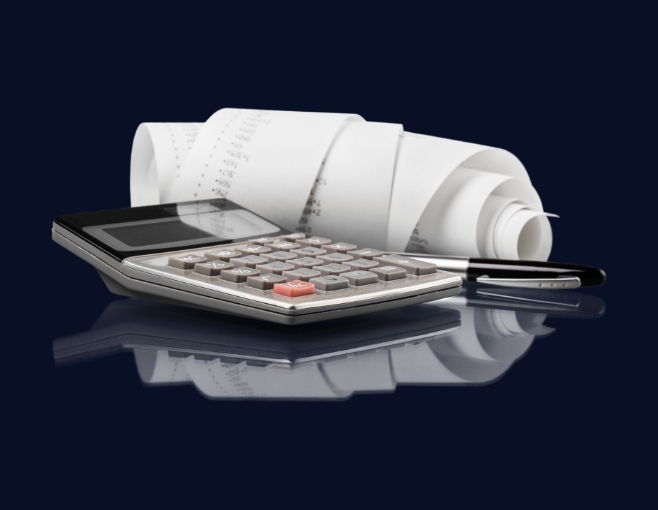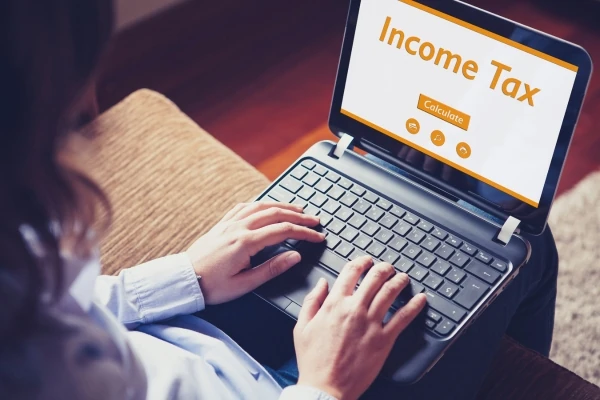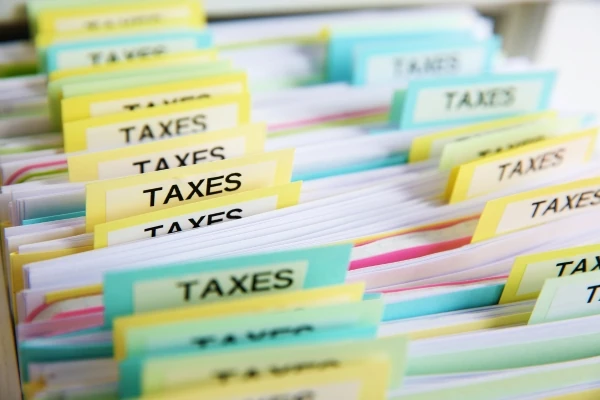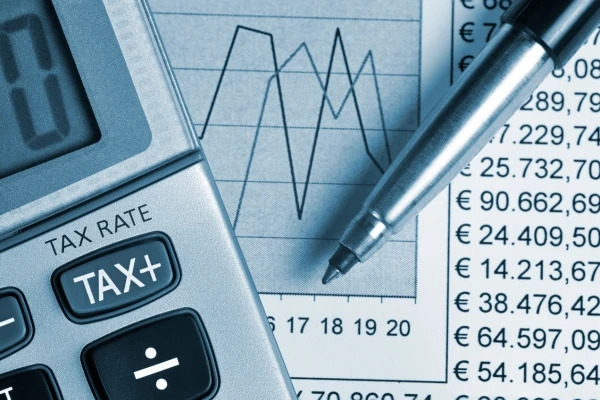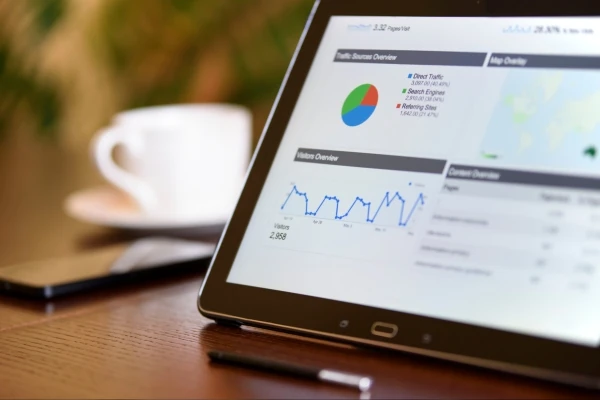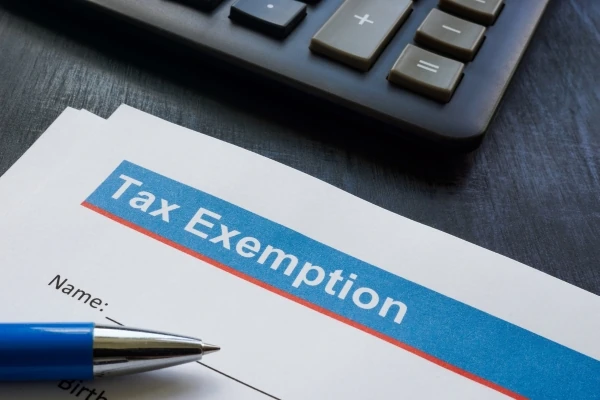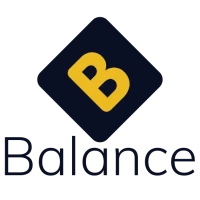Making Tax Digital and Your Income
Making Tax Digital for Income Tax, also known as MTD for ITSA (Income Tax Self-Assessment), is the next major phase in HMRC’s Making Tax Digital programme. It’s set to transform how self-employed individuals and landlords keep records and report income tax.
Under MTD for ITSA, millions of sole traders and property landlords will need to keep digital records and submit income updates quarterly, instead of filing a single annual Self-Assessment tax return.
This guide explains:
- Who MTD for Income Tax applies to
- When it starts and what deadlines you need to know
- How quarterly submissions work
- How to prepare now to stay compliant
Whether you’re a sole trader or a landlord, understanding MTD for ITSA early will help you avoid surprises and get your systems ready in good time.
What is MTD for Income Tax?
Making Tax Digital for Income Tax (MTD for ITSA) is HMRC’s plan to replace the traditional annual Self-Assessment tax return with a more modern, digital-first system.
Under MTD for Income Tax, instead of submitting just one annual tax return, self-employed individuals and landlords will need to:
- Keep digital records of income and expenses throughout the year
- Send quarterly updates to HMRC using MTD-compatible software
- Submit a final end-of-year declaration, confirming your figures and claiming any reliefs or allowances
The goal is to give HMRC a more up-to-date view of your income and tax position, while helping you stay organised and avoid big surprises when it’s time to pay your tax bill.
Tip: You’ll need approved MTD for ITSA software to keep records and send updates spreadsheets alone won’t meet the new requirements.
For the latest guidance, check GOV.UK: Making Tax Digital for Income Tax.
